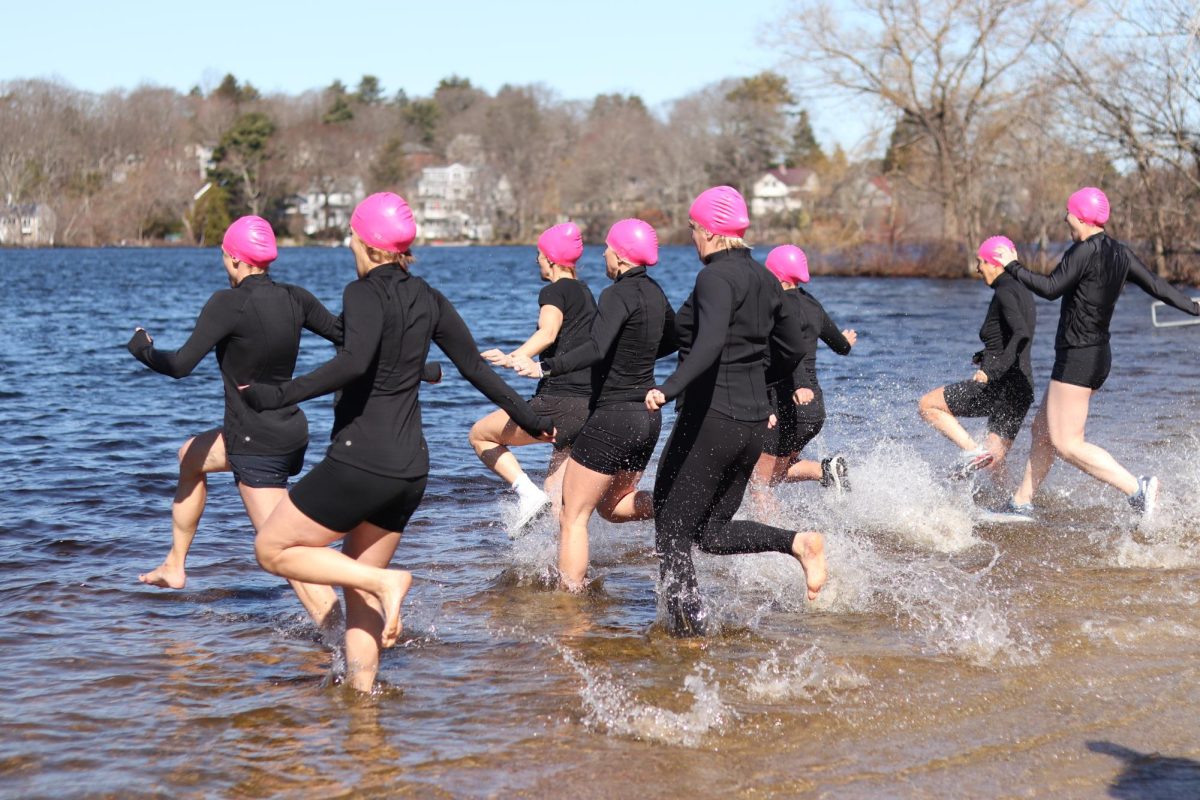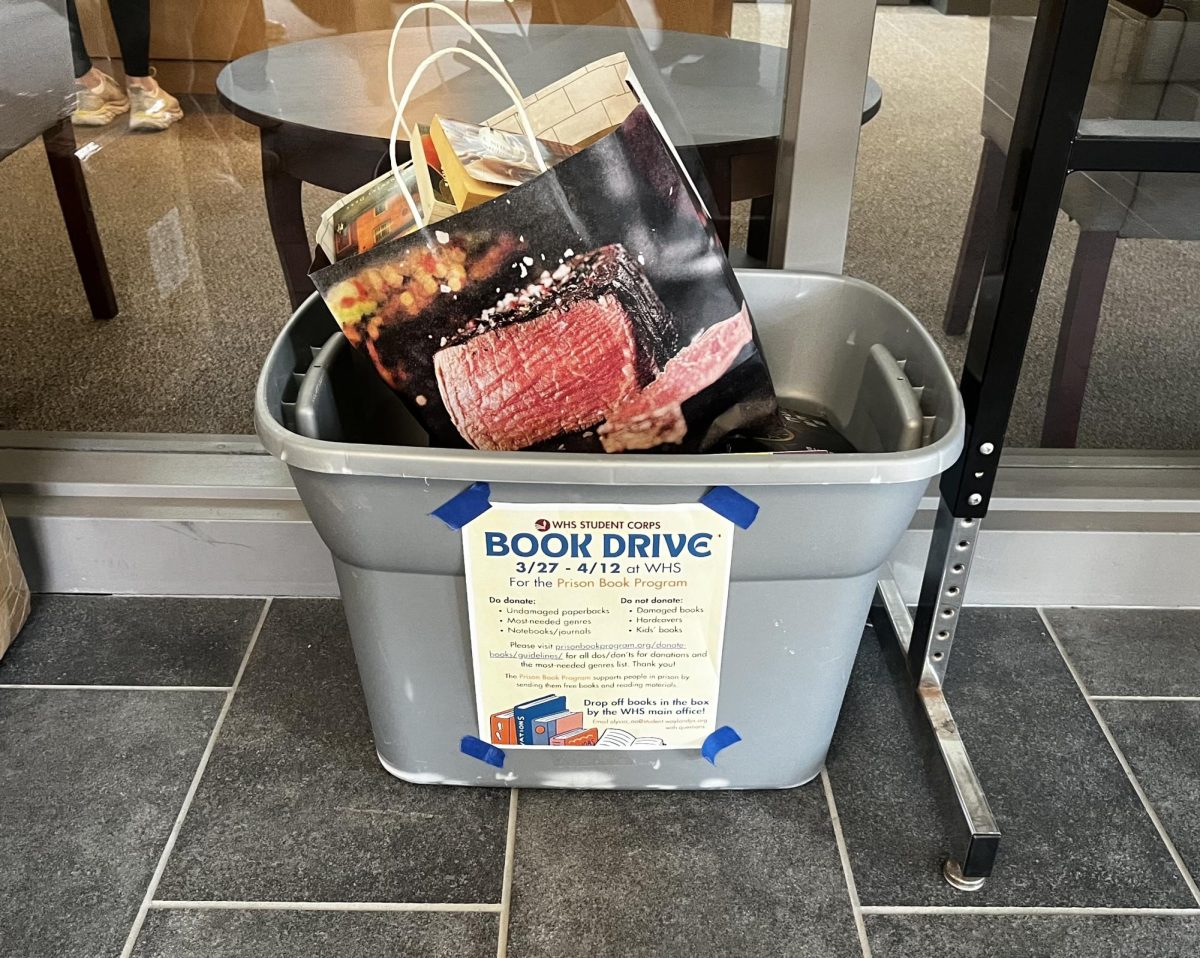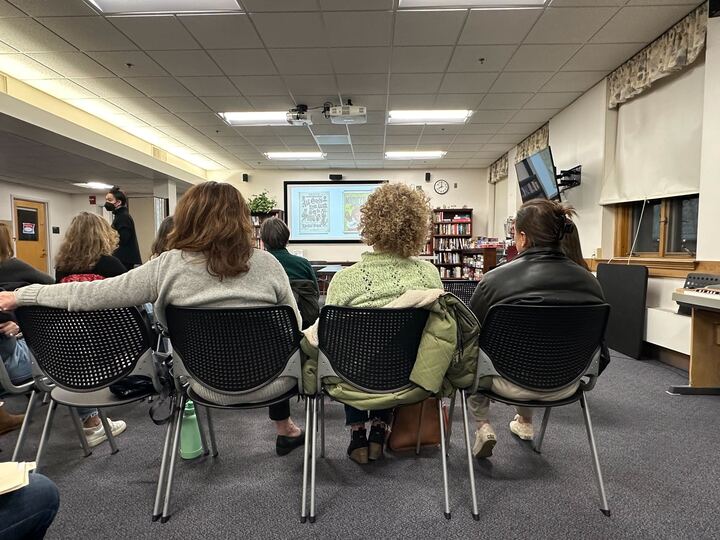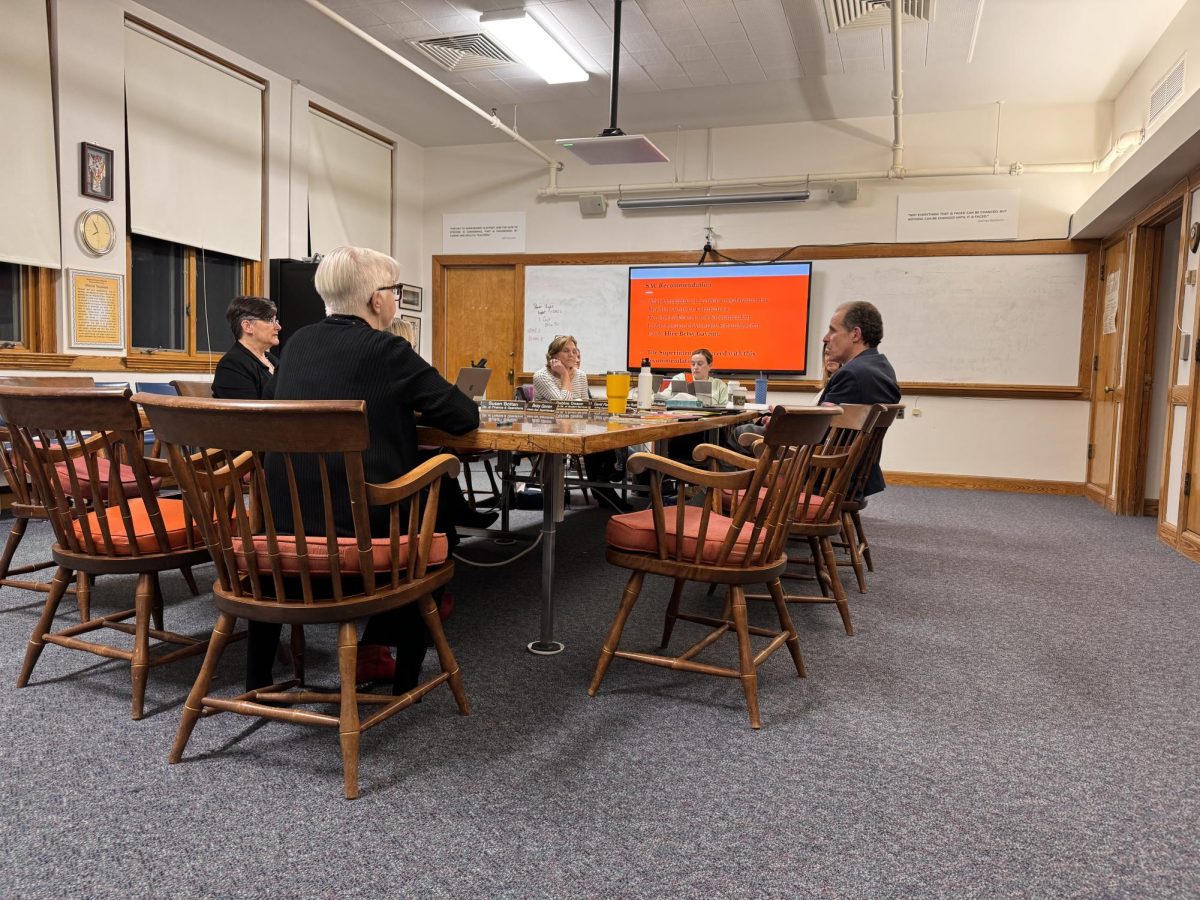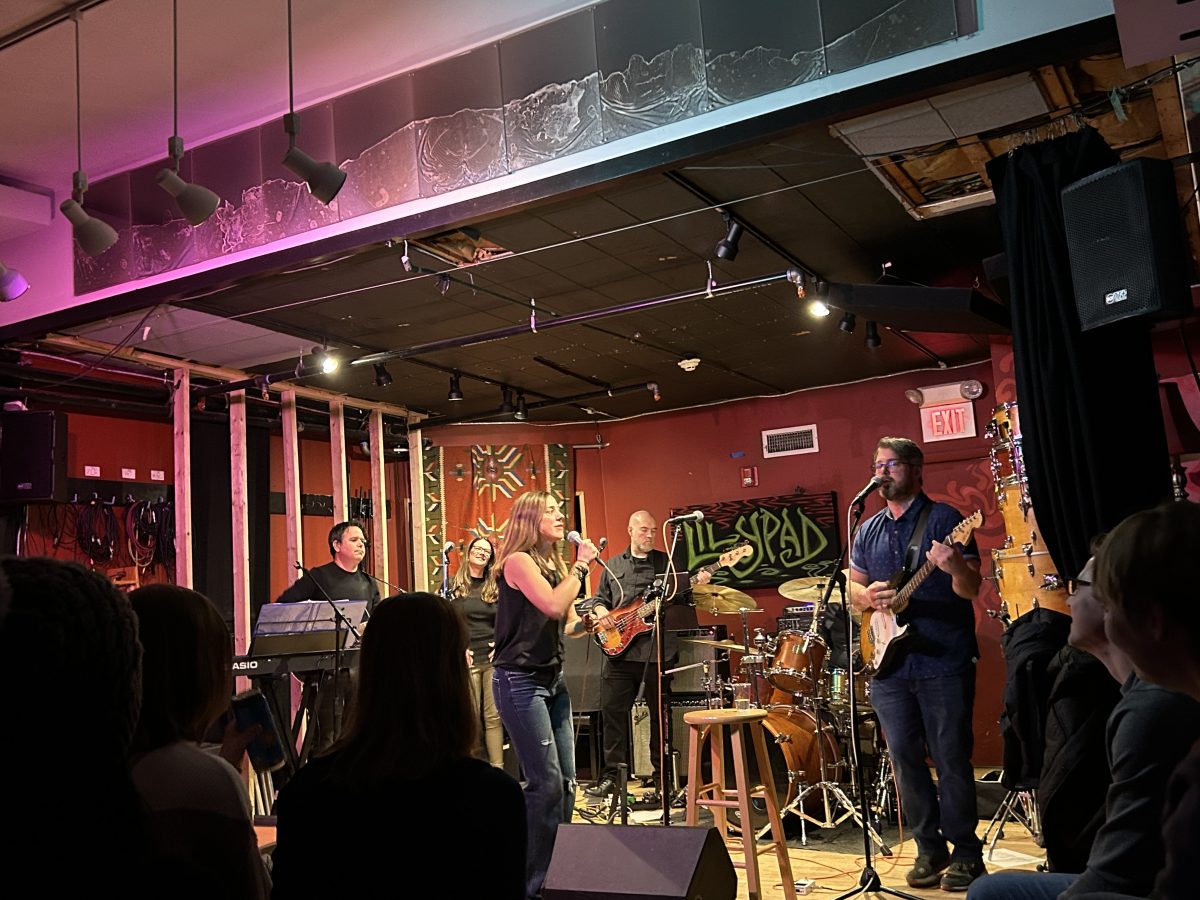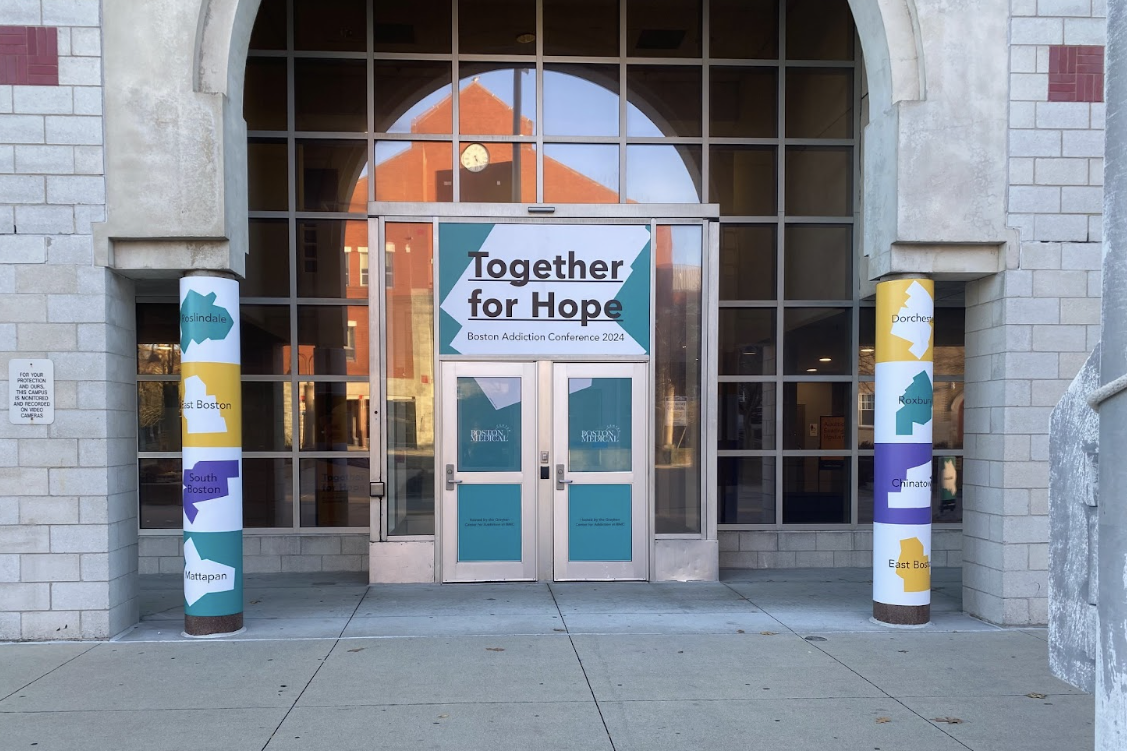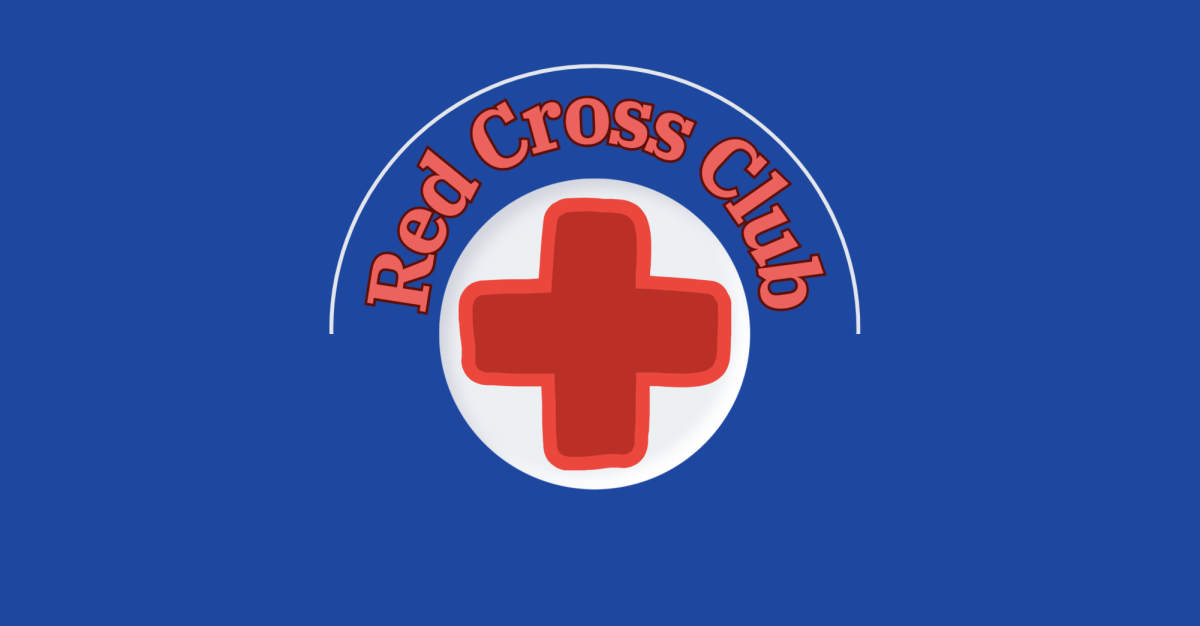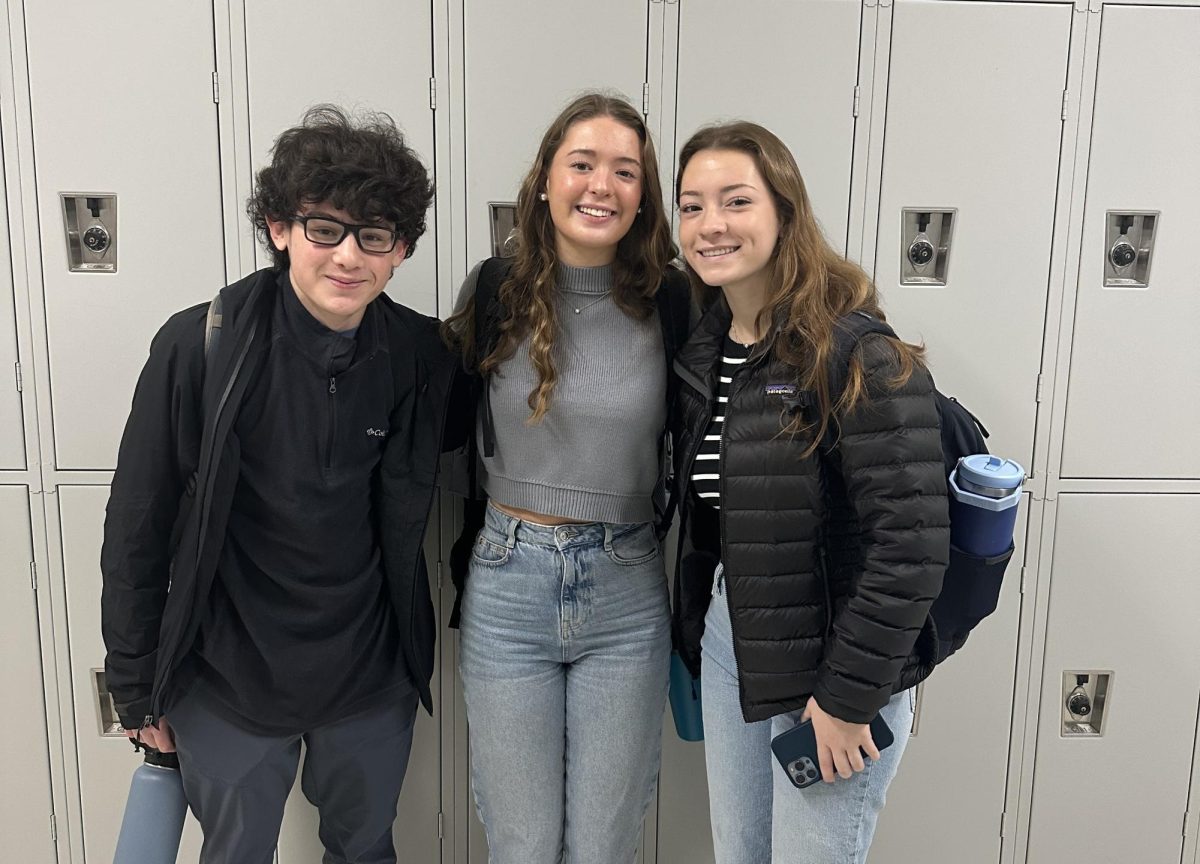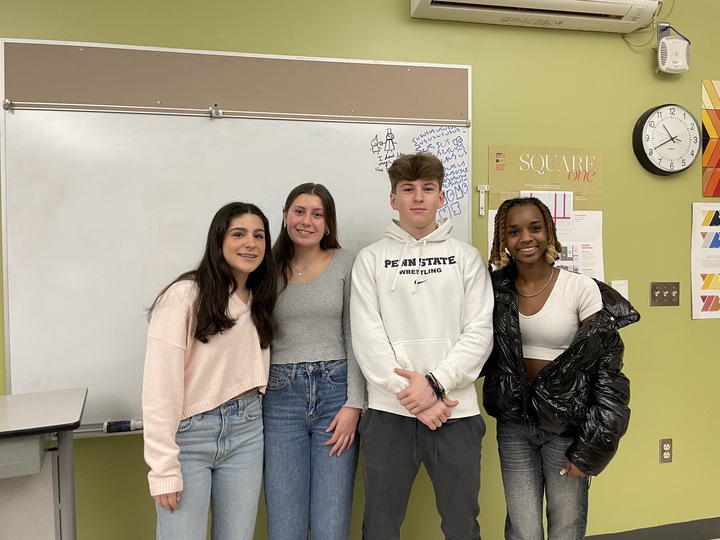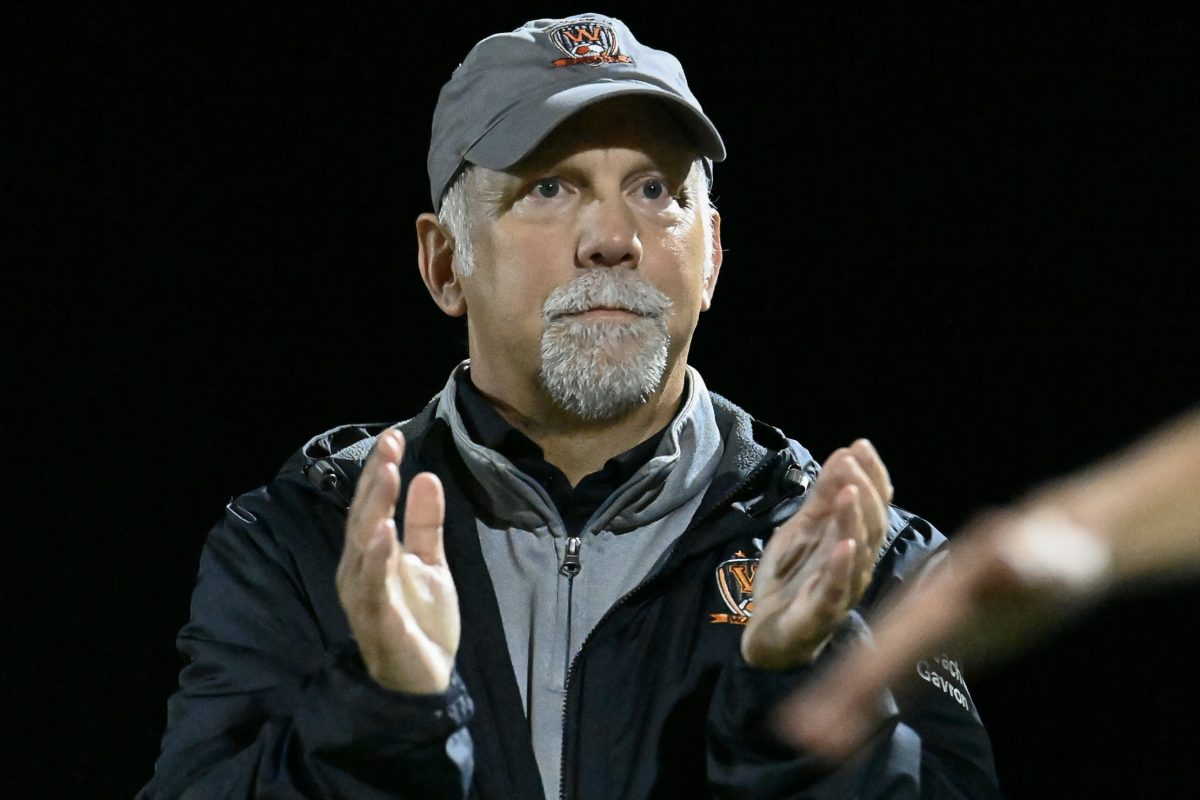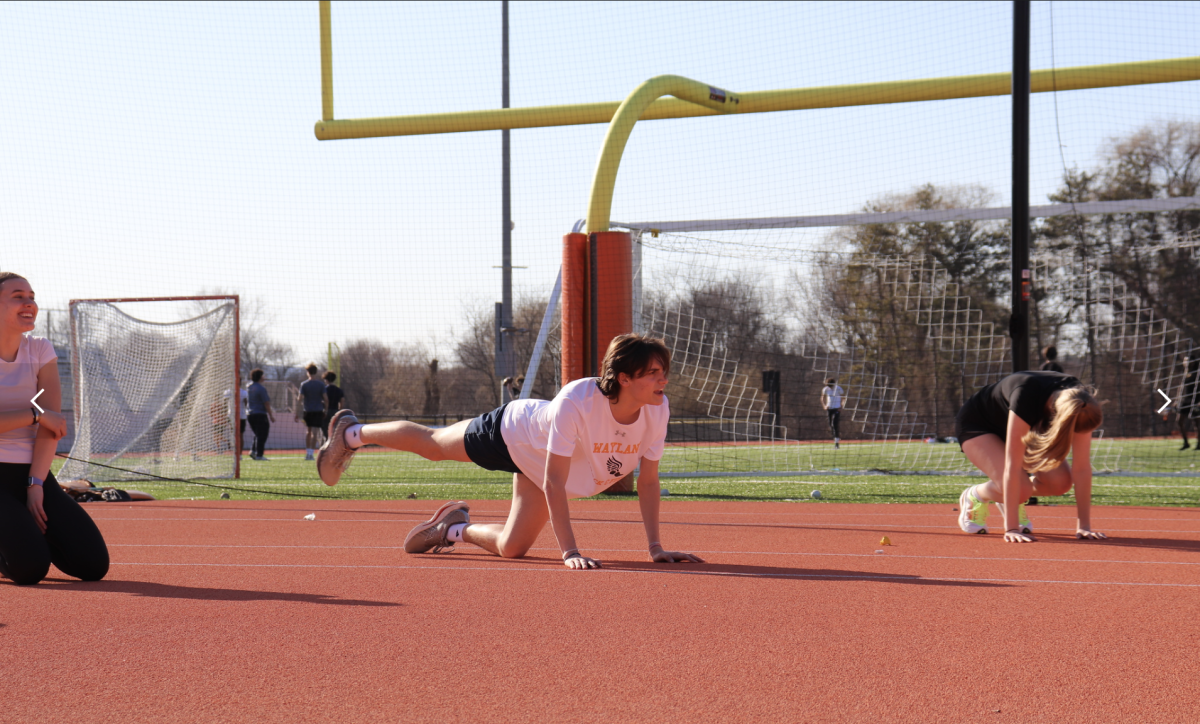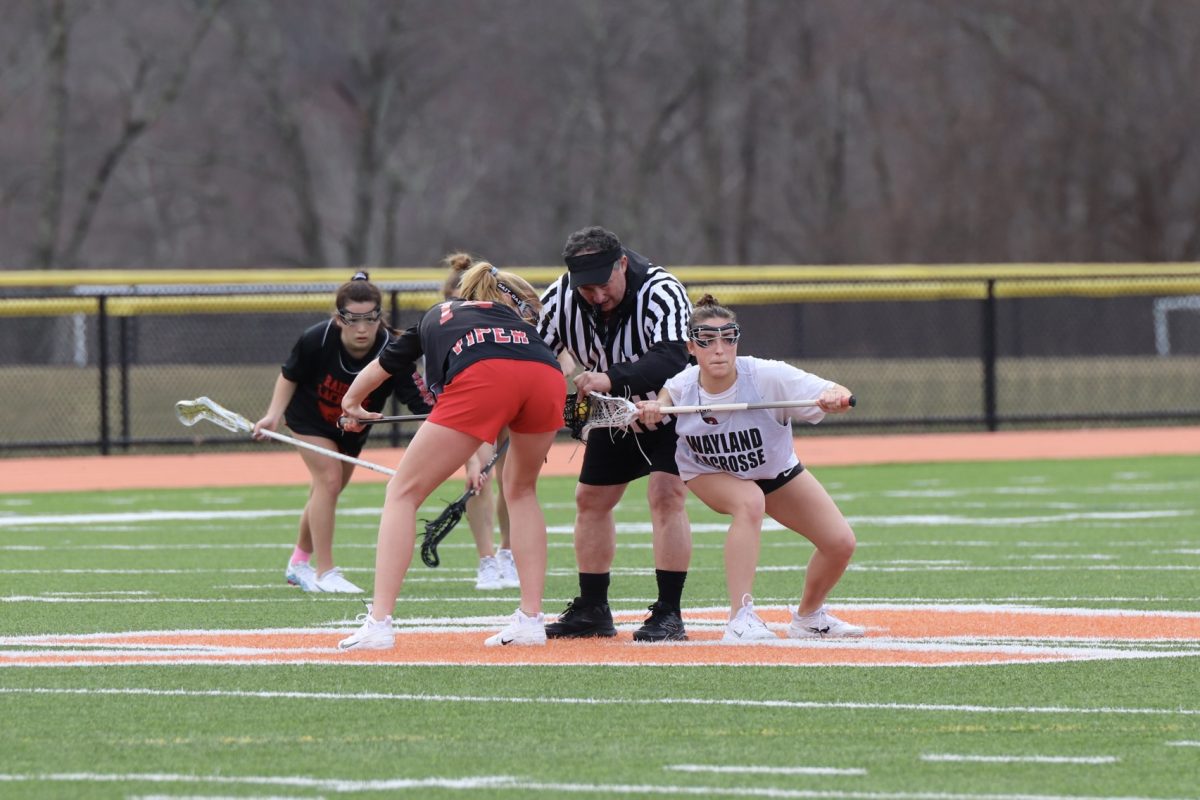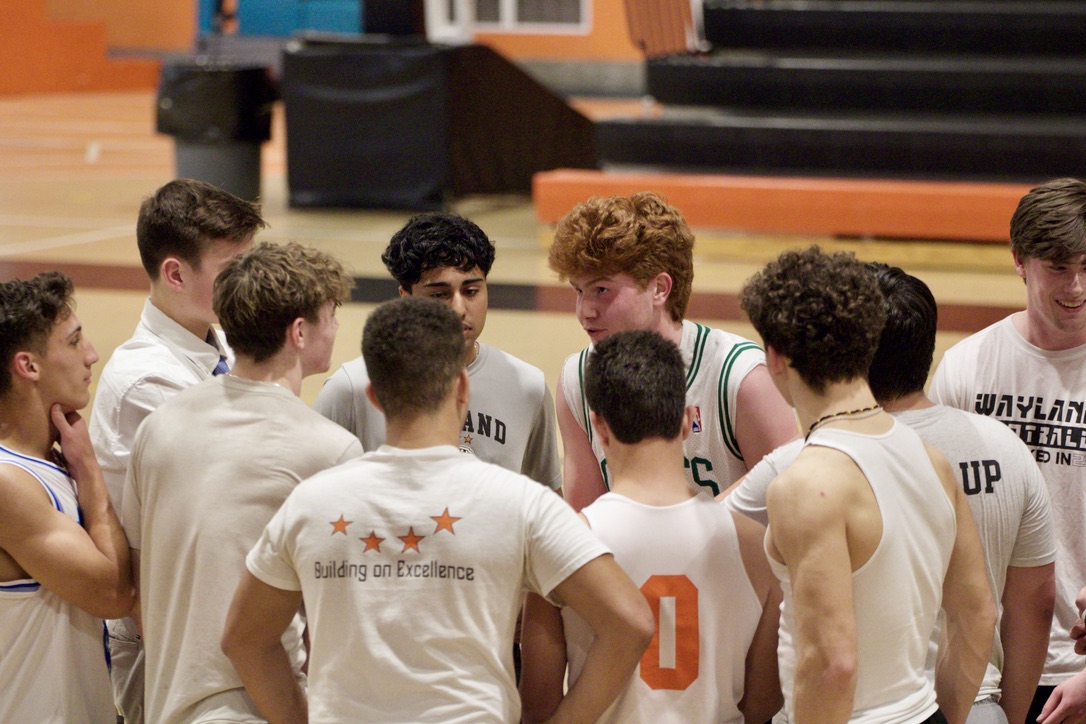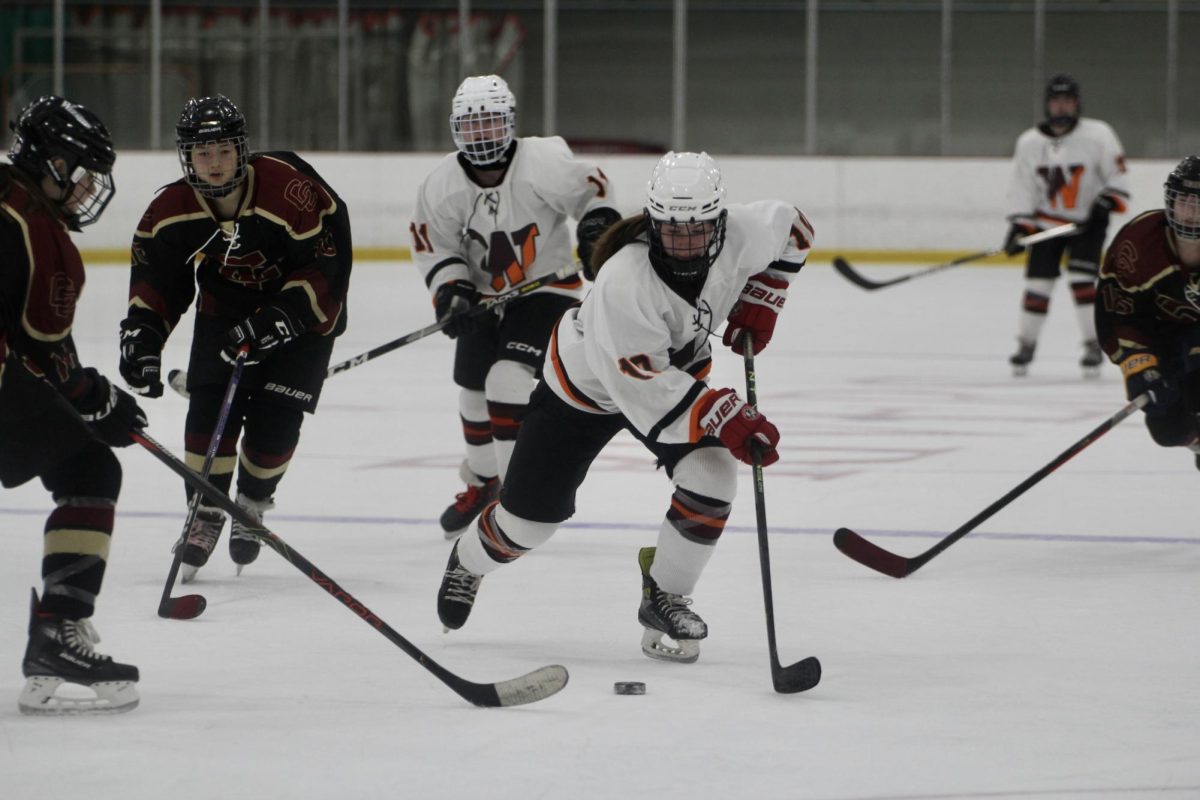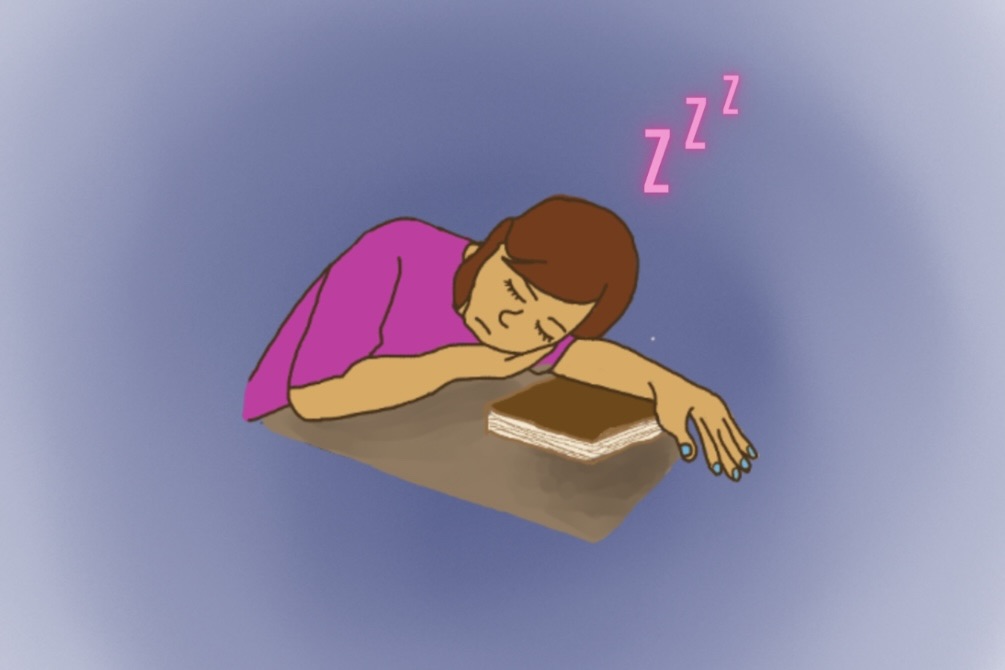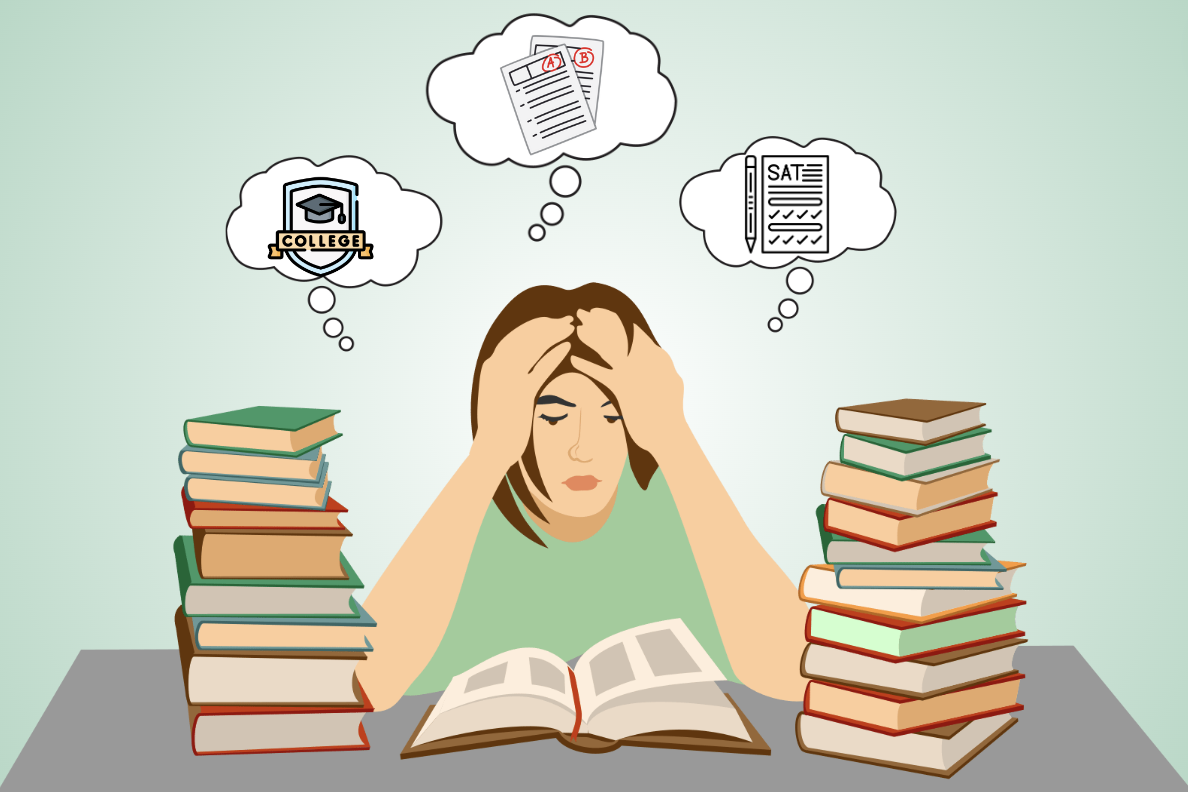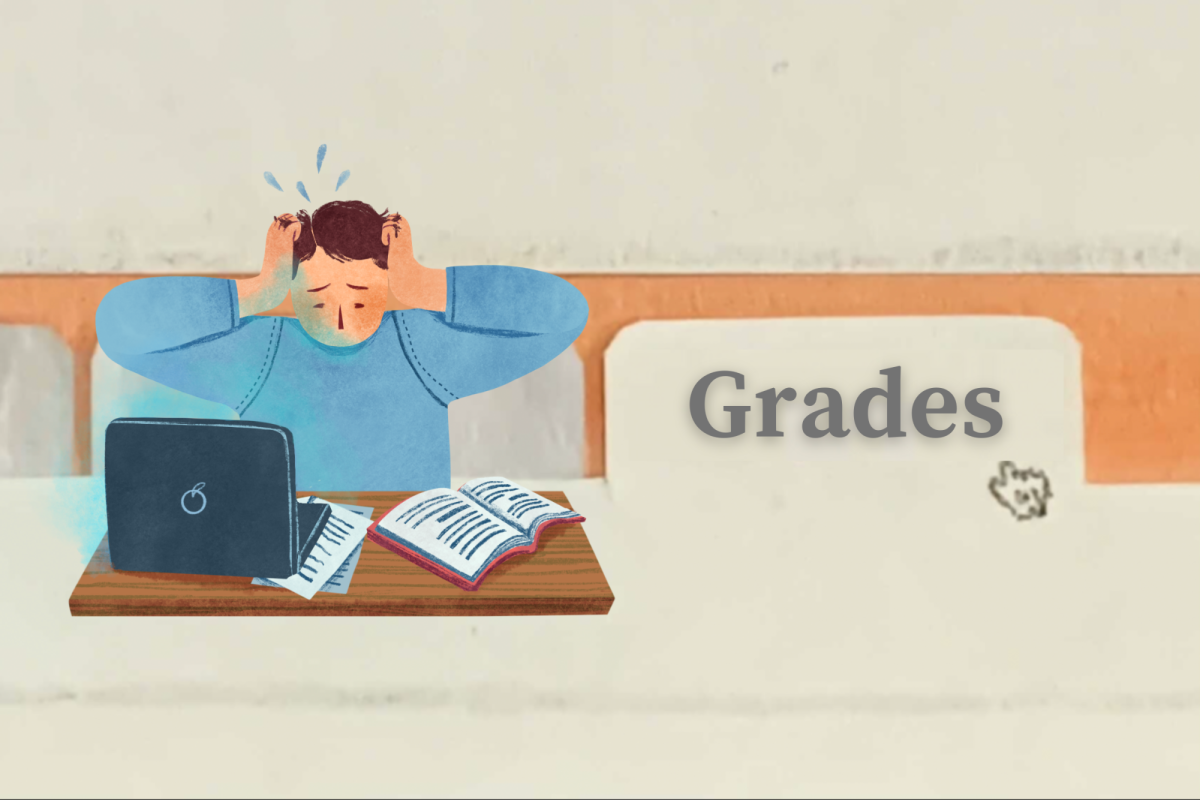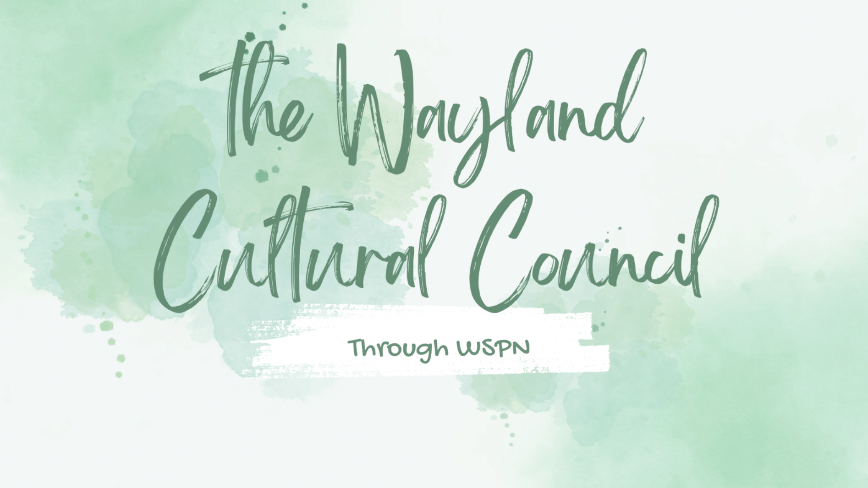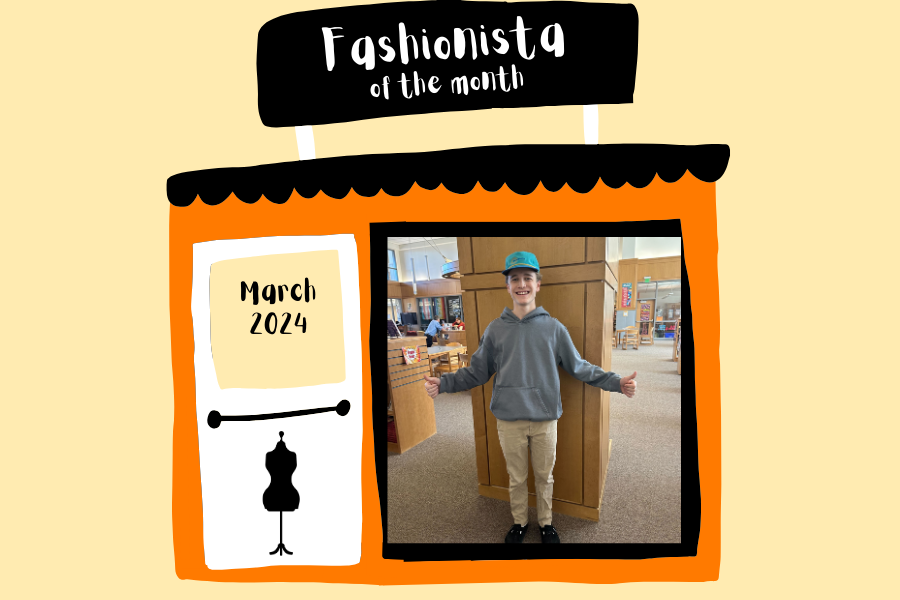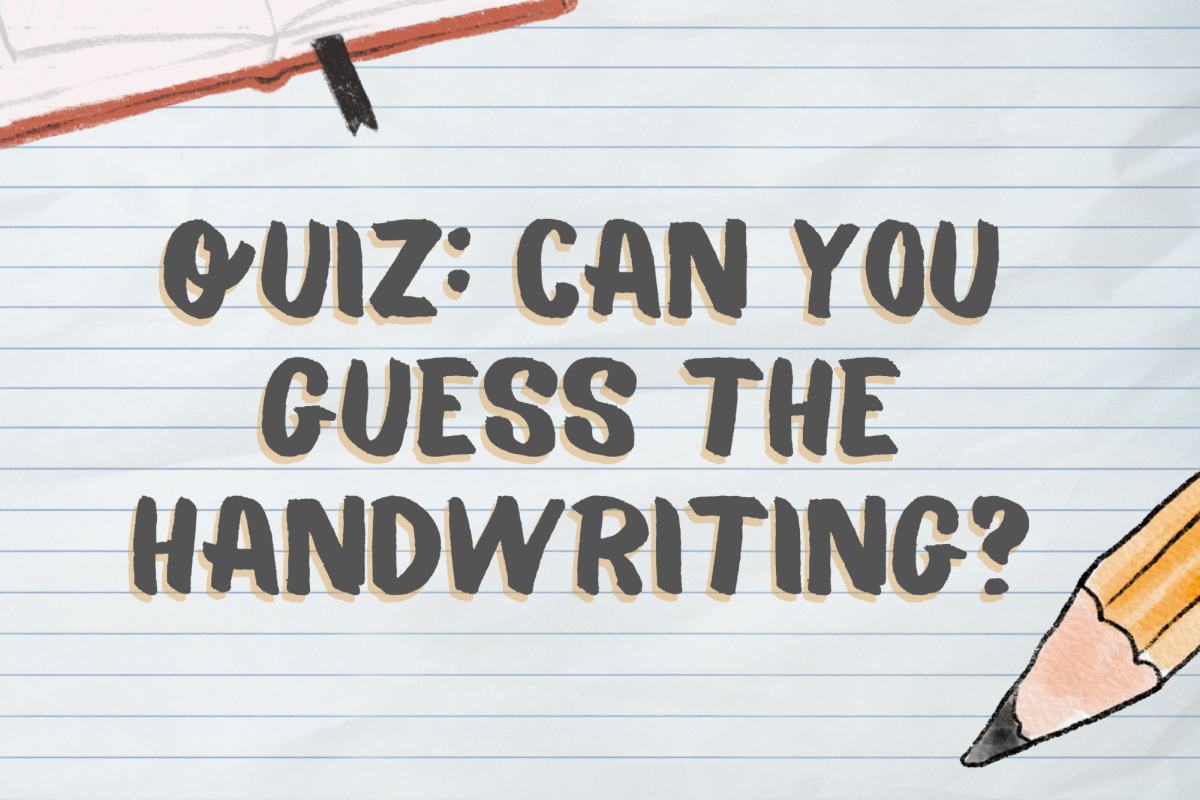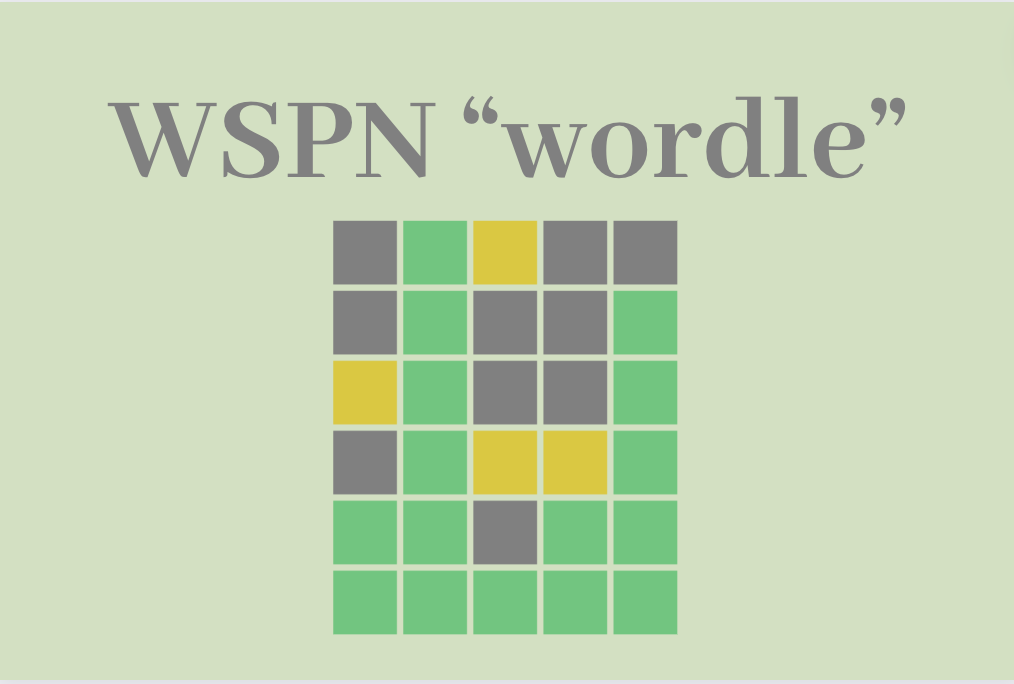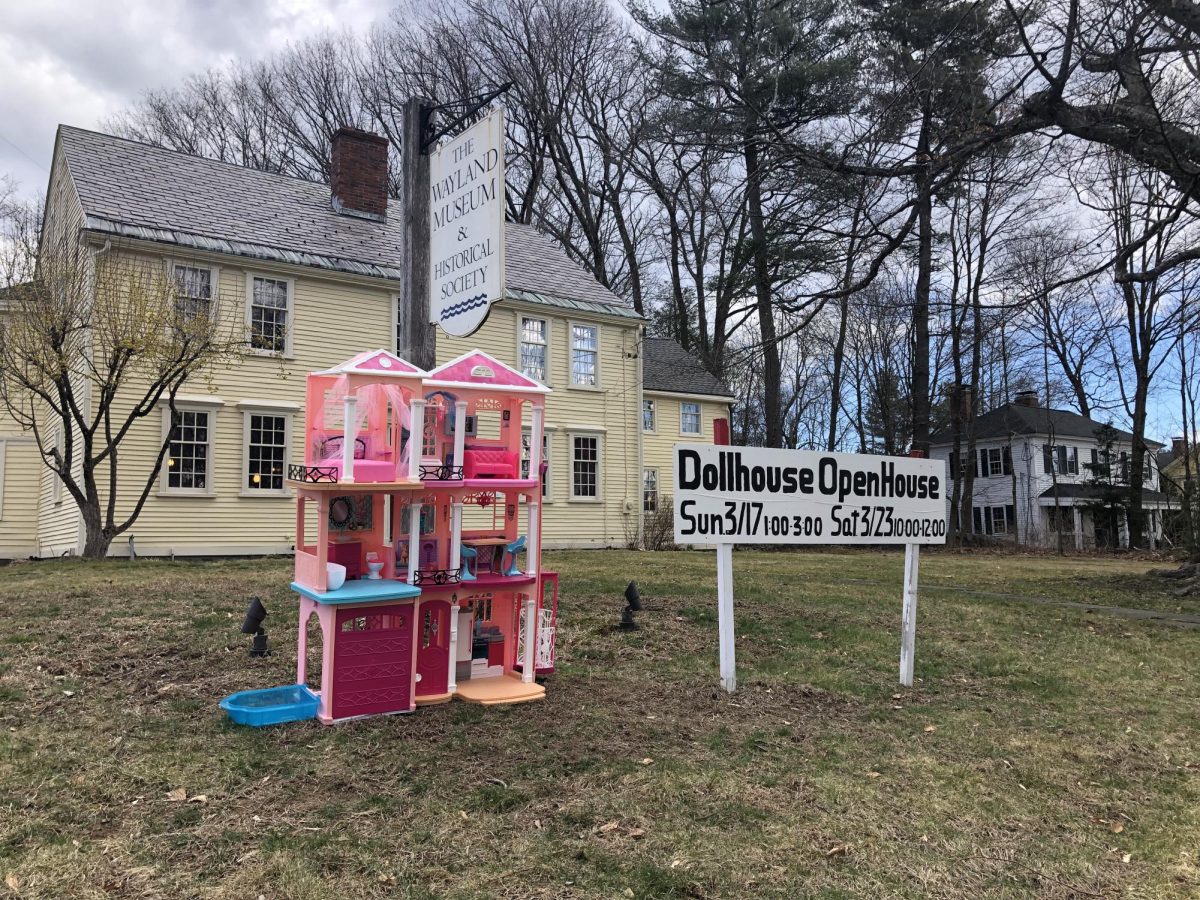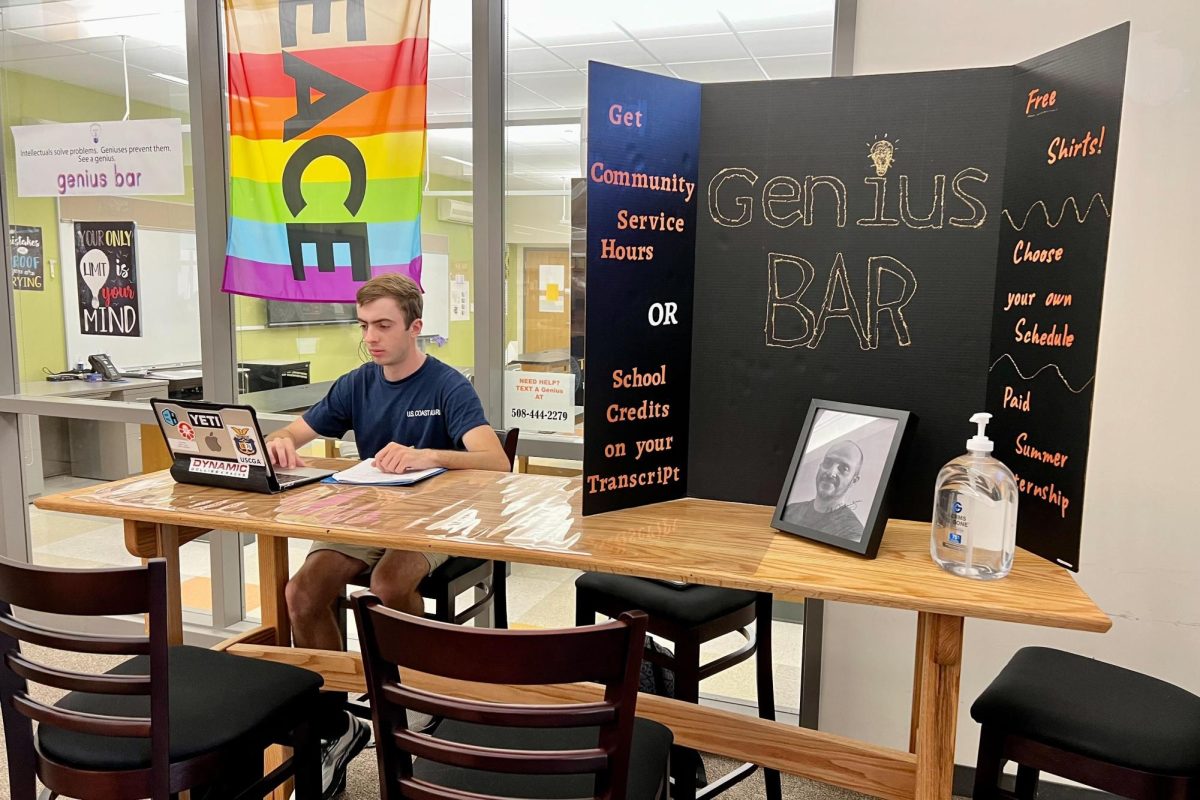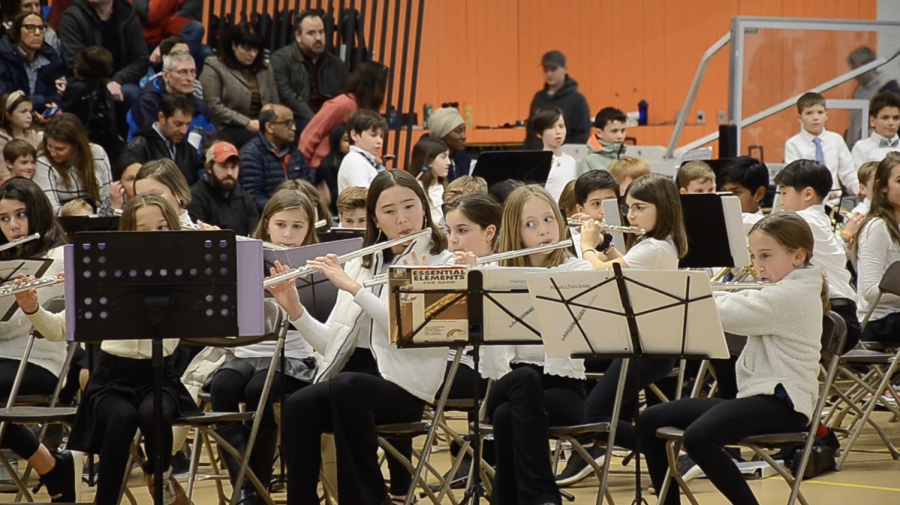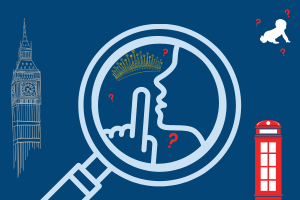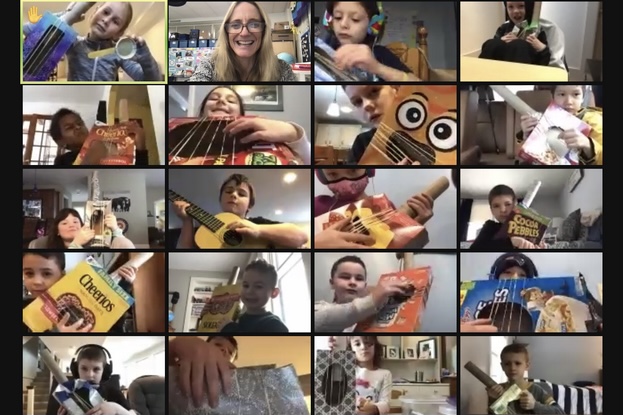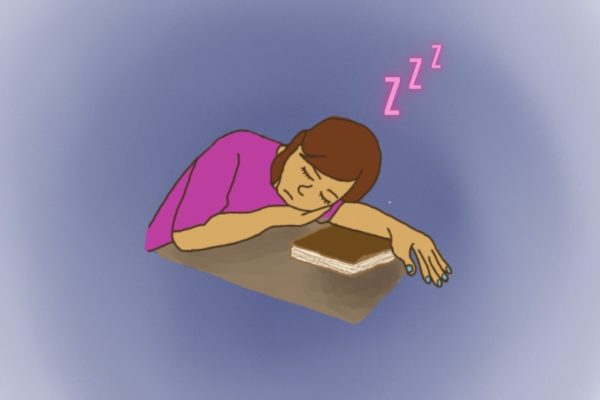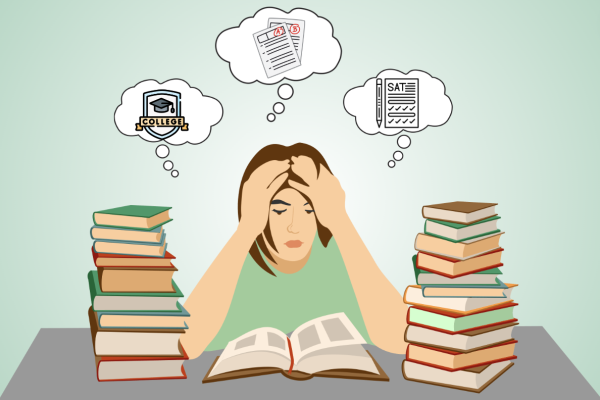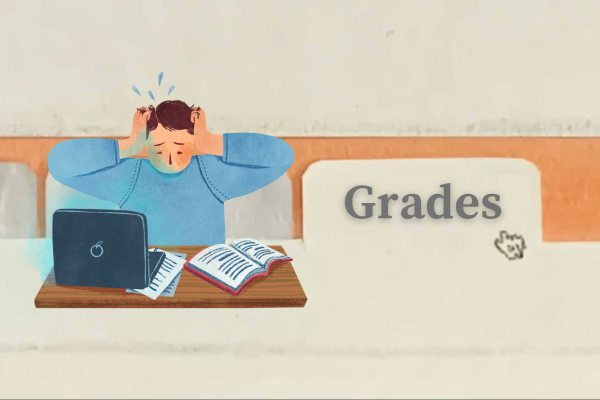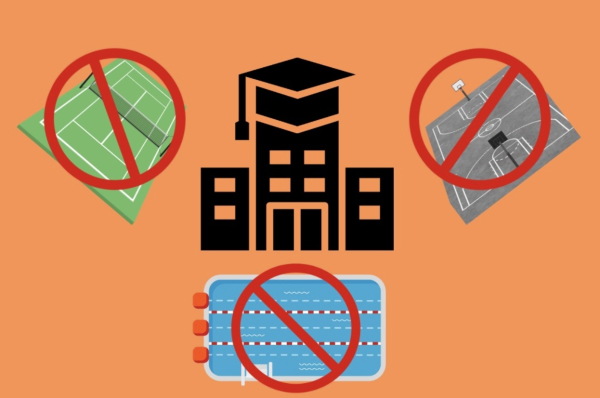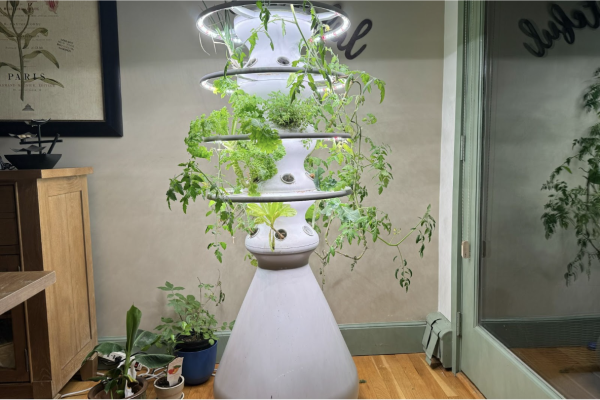Opinion: Elementary schoolers should go to school four days a week
Credit: Courtesy of Miriam Morrison
Miriam Morrison’s first grade students at Happy Hollow Elementary play with homemade instruments during a remote lesson. WSPN’s Genevieve Morrison discusses the benefits of sending students like these back to school four days a week.
The COVID-19 pandemic has been difficult for all students, but elementary schoolers have had unique experiences and struggles this year. With this in mind, Wayland Public Schools have decided that kindergarteners will be going back to school in person for four days a week, effective Feb. 25. This same action should be extended to all elementary school students.
When we think about all the experiences lost because of COVID-19, we often think of high school seniors and college students, but what about the elementary school students losing the most crucial years of their development? All those fond memories of field trips and recess with your best friends are being replaced with sitting in front of a computer on Zoom for current elementary students. Parents, at a loss with what to do about this, often give their children social media accounts to keep in touch with their friends. This can lead to a dependence on social media for social interaction. These students, especially the younger ones, are vulnerable to have social issues in the future from a lack of interaction with their peers during these pivotal years.
Parents are confronted with countless issues with remote learning. Having a young child at home can demand a lot of time and effort, which is only made more difficult by the fact that parents are often working from home themselves. Those who aren’t fortunate enough to work from home are forced to send their children to a day program like the Boys and Girls Club or YMCA while they work. This poses issues of its own. Students attend their Zoom classes in rooms with many other children, making it difficult to hear or participate in their classes. The program itself can be expensive over time, especially if they have multiple children. Many parents acknowledge these issues but have no other choice.
Younger elementary students that learn from home don’t even know what they are missing. They don’t have the years of experience that older students do, so it’s more difficult for them to articulate what they need. Their schoolwork just keeps getting more challenging, but they have the same amount of resources for assistance. It’s harder to have one-on-one lessons with a teacher or counselor, making it so that schools aren’t necessarily hearing what the students have to say.
Without the physical aspects of school to keep students on track, children are very likely to zone out or become distracted. If it’s hard for high schoolers to pay attention during online classes, imagine what it would be like for students ages 6-11. Since students are getting used to this routine of learning, they may become dependent on cheating or using online tools that will not be available to them once they are fully back in-person. Teachers are trying their best to come up with creative methods to keep their students engaged during remote learning, but at the end of the day, learning from a computer will never yield the same experience as learning from the classroom.
In elementary school, one learns basic tools that will help them throughout their school careers, like arithmetic and reading. If these students are kept out of school for too long, we run the risk of having a whole generation of children that are a year behind academically. Their future teachers will have to take time out of their curriculum to correct the deficiencies that were created during the pandemic. Administration and staff will have to rework entire curriculums to account for these changes and put hours of work into a problem that has never existed before.
Of course, concerns about COVID-19 are very valid and the last thing anyone wants is for children to get sick. However, there are methods to reduce the risk of infection, like pool-testing and vaccinations. Since people in Wayland are already starting to receive the vaccine, going back to school fully in-person is a more realistic option than ever. If it’s safe enough for kindergarten to go back, we can broaden this initiative to other students.
Your donation will support the student journalists of Wayland High School. Your contribution will allow us to purchase equipment, cover our annual website hosting costs and sponsor admission and traveling costs for the annual JEA journalism convention.

Genevieve Morrison, Class of 2023, is a third year reporter and co-editor-in-chief for WSPN. She plays field hockey and is a co-captain of the softball...


